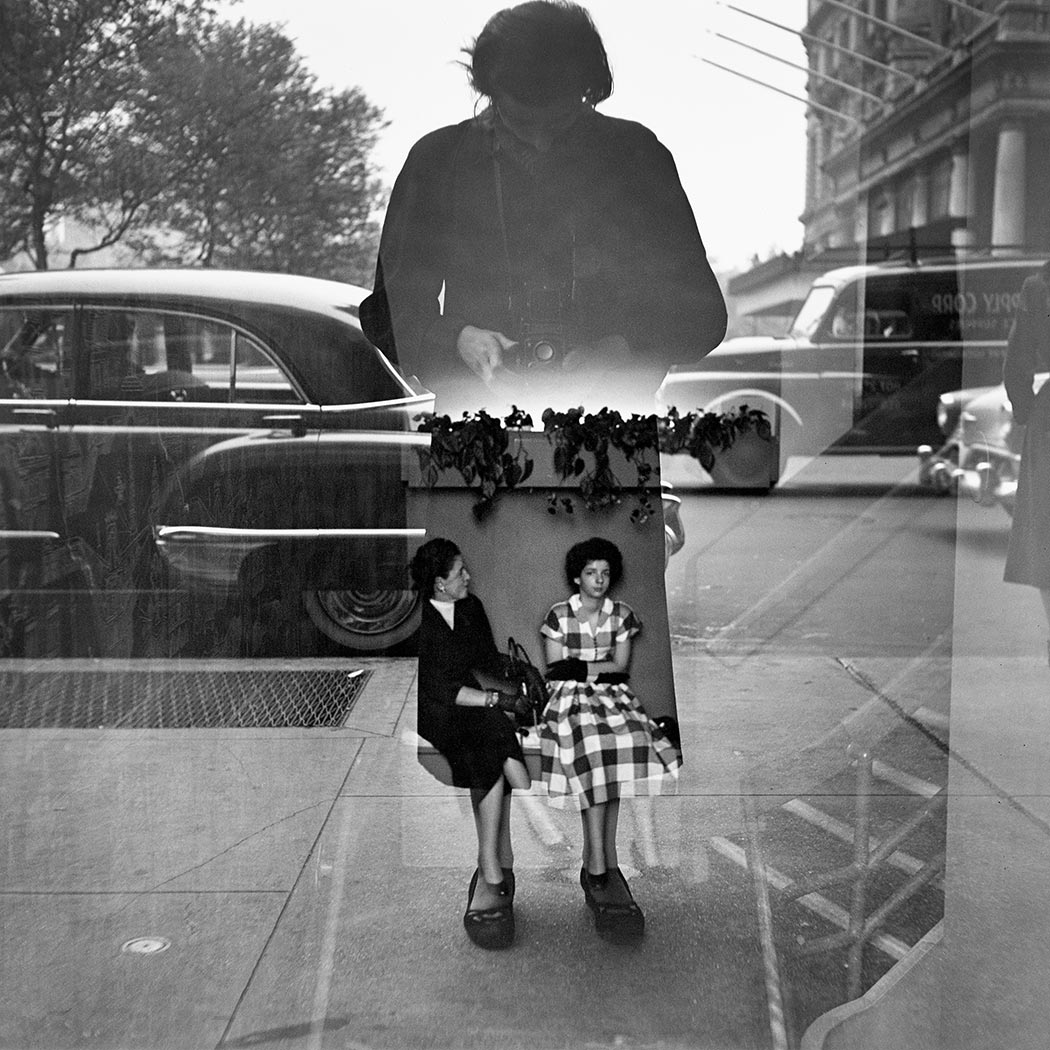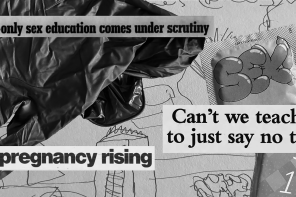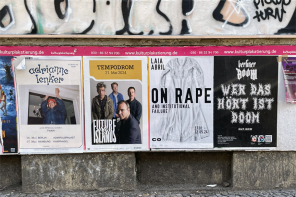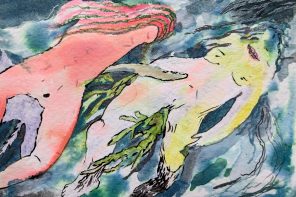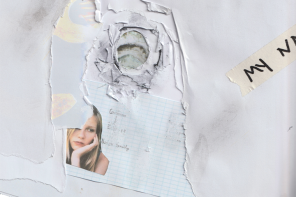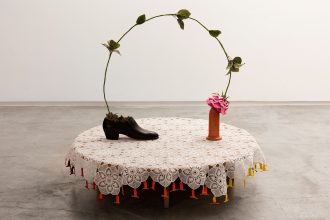“It is only after you have come to know the surface of things that you venture to seek what is underneath. But the surface is inexhaustible.” wrote Italo Calvino in Mr Palomar. And it is photography that reveals this truth: it shows nothing but what appears in front of the eyes. Unconnected vignettes, blurry figures, instants that are over in microseconds pile upon each other to form the fractured portrait of an instant. Not in vain it is the art of the 20th century: this is the century of the cities, of the march of progress, of the immediacy of marketing and propaganda.
This was reflected in the arts as well as in society: modernism shattered into a thousand movements that tackled only a facet of reality. Artists took in the new theories in science, in politics, and in history, to regurgitate them and discard them in a matter of months. Narration disintegrated in experimental genres, and writers such as John DosPassos, Camilo Jose Cela, and T.S. Eliot use the city of a panopticon for a thousand points of view.
Vivian Maier was, in this aspect, a daughter of her time: she did not spend time constructing a narrative or looking for a theme; she just roamed the streets of her city like a butterfly collector, capturing random moments to her fancy. Nevertheless her pictures, for which there is rarely more than a single photogram, are full of wit and poetry, and feature the kind of mundane beauty that dreams can only aspire to: reflections in a shallow pool in a Sunday morning, the curve of the lips of a passerby, the glint in a street urchin’s eye.
Very little is known of her personal life. She was described by John Maloof as “a Socialist, a Feminist, a movie critic, and a tell-it-like-it-is type of person. She learned English by going to theaters, which she loved. … She was constantly taking pictures, which she didn’t show anyone.” Her reflection peers at you from instants that, although spontaneus, show an extraordinary depth and eye for composition. She was her own favorite subject, a translucent image in shop windows, rear mirrors, or projected as a shadow into a wall. Her art reflects her own evolution in a succession of sensibly-dressed figures with a severe expression. Her face and body tell us nothing about her, because she did not want to. In her works she left hints of herself for the spectator to decipher: one of her portraits show her standing in the street, parted in the middle by a shadow. Another one is a shadow too, her own, with some dried leaves where her heart should be.
She found beauty everywhere: in the slums, in the holiday cities, in the derelict and soulless places, in the dejected people. She could give a dusky alley the serenity and majesty of a Renaissance painting. Her technical achievements only could put her in the gallery of the good and the great. However, it is not there where her merit resides: not in her compositions or her balance of lights and shadow, but in her capacity to capture microsecond stories, cross-hatched snippets of life that slowly reveal something much bigger. This is, perhaps, her greatest achievement: that in her frames we get a glimpse of the shimmering and ever-changing surface that is the soul of a city.
Words by Esther Nelke
Feature image by Vivian Meier (1954), courtesy of Maloof Collection, Ltd.

